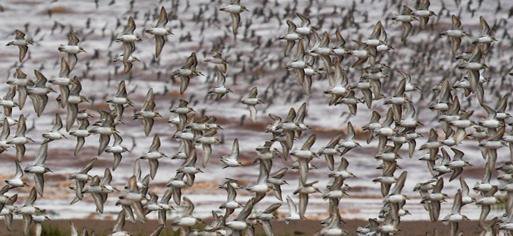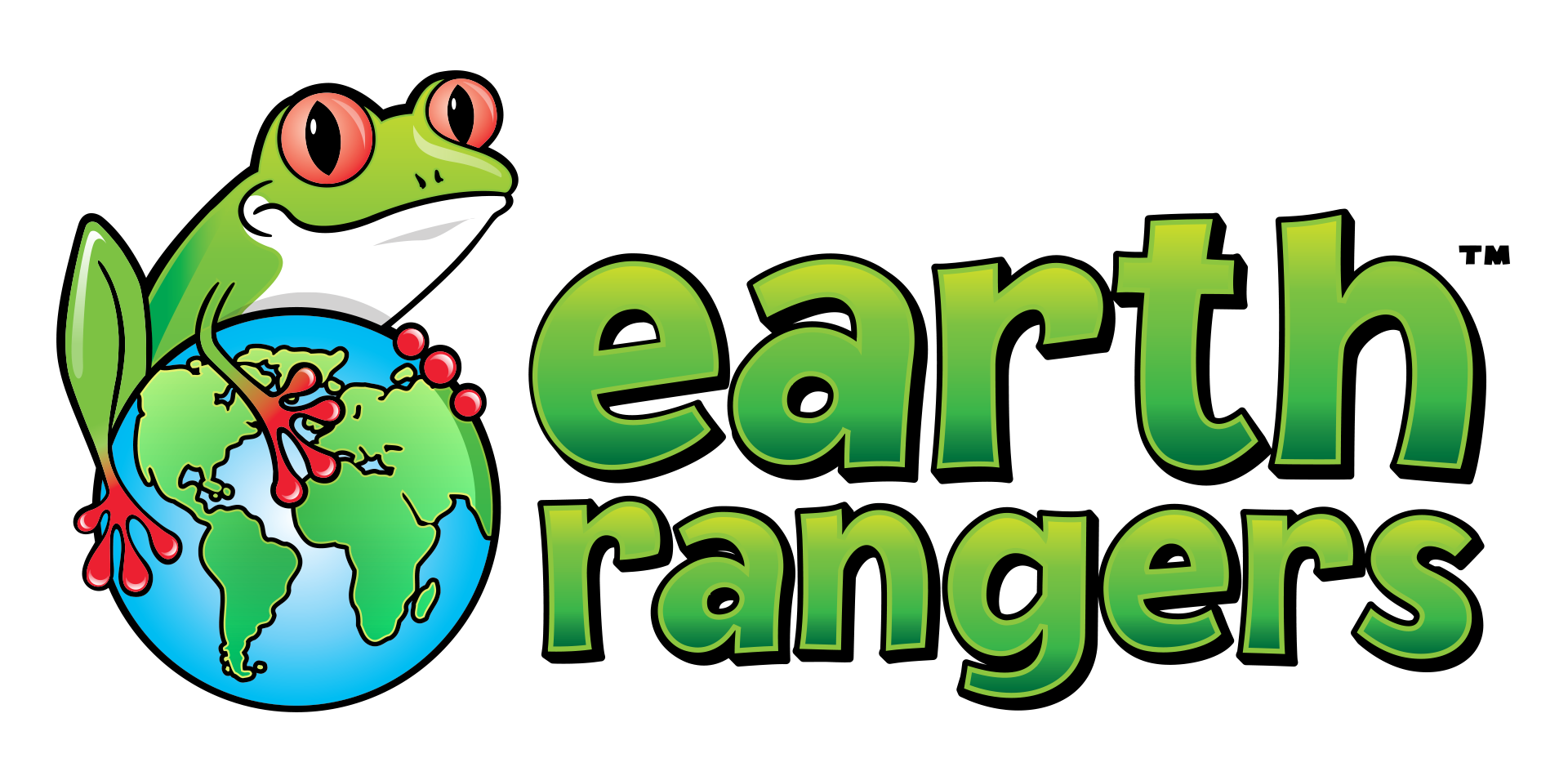Canada has some of the most beautiful landscapes in the world, and some of the coolest animals to boot. That’s why it’s so great that we have so many protected areas! Without them, we’d lose some of what makes Canada, Canada – its nature!
Check out this list of 10 of Canada’s Coolest National Wildlife Areas. They were created for wildlife research, conservation, nature exploration and to protect important areas used by migratory wildlife and species at risk.
These areas are open to the public so make sure to plan a visit if you are nearby! Don’t forget to accept your Outdoor Explorer Mission and bring your BioKit along for an extra special adventure.
Alaksen National Wildlife Area
35 km from Vancouver, British Columbia

It is an important stopover and wintering site for millions of birds. In October, lucky visitors can see gigantic flocks of snow geese and ducks land as they take a break from their migration.
At Risk Species in the Area: Western painted turtle, great blue heron and barn owl
Vaseux-Bighorn National Wildlife Area
80 km from Kelowna, British Columbia

It was originally created to protect the area’s California bighorn sheep but it also protects an important migration corridor that lets animals to travel safely from one area to the next.
At Risk Species in the Area: 30 species including western screech owl and western painted turtle
Cape Jourimain National Wildlife Area
95 km from Moncton, New Brunswick and 70 km from Charlottetown, Prince Edward Island

With 10 unique ecosystems, including marshes, sand dunes and forests, the area is home to many amazing animals, including 170 bird species, like waterfowl and shorebirds.
At Risk Species in the Area: Piping plover, peregrine falcon
Shepody National Wildlife Area
46 km from Moncton, New Brunswick

For millions of migrating shorebirds, like the semipalmated sandpiper, this is an excellent place to rest and recharge. That’s because its wetlands are filled with their main food source, mud shrimp. The area is also home for mammals like otters, bobcat, deer and moose.
At Risk Species in the Area: Least bittern
Chignecto National Wildlife Area
200 km from Halifax, Nova Scotia and 80 km from Moncton, New Brunswick

Found at the head of the Bay of Fundy, it’s home to 228 bird species, along with a variety of mammals including shrews, squirrels, moles, foxes, hares and woodchucks.
Big Creek National Wildlife Area
67 km from Woodstock, Ontario

These wetlands are home to countless birds, like ducks, swans and geese, along with many reptiles and amphibians. It is also an important stopover site for Monarch Butterflies during their migration.
At Risk Species in the Area: Least bittern, prothonotary warbler and swamp rose mallow
Prince Edward Point National Wildlife Area
70 km from Belleville, Ontario

This is the place to be for bird lovers. With over 330 bird species stopping by, there isn’t a better spot along Lake Ontario where you will find more birds during migration.
At Risk Species in the Area: Whip-poor-will, red-headed woodpecker and least bittern
Cap Tourmente National Wildlife Area
50 km from Quebec, Quebec

This area is an important stopover site for greater snow geese during their migration. In the fall and spring, tens of thousands of these geese can be seen throughout the marsh. It is also home other birds like woodpeckers and grouse, and mammals like bears and foxes.
At Risk Species in the Area: Peregrine falcon, bobolink and butternut tree
Lake Saint-François National Wildlife Area
120 km from Montreal, Quebec

This area is home to almost 300 animal species like turtles, salamanders, bats, beavers and deer, just to name a few. During migration, it becomes even busier as thousands of ducks and geese stop by.
At Risk Species in the Area: Yellow rail, map turtle and butternut tree
Last Mountain Lake National Wildlife Area
140 km from Regina, Saskatchewan

This area is home to the first federal bird sanctuary established in North America. More than 280 species of birds have been recorded here during migration.
At Risk Species in the Area: Peregrine falcon, piping plover, whooping crane, burrowing owl, ferruginous hawk, loggerhead shrike, Baird’s sparrow, Caspian tern, and Cooper’s hawk.
Click here to learn more about these National Wildlife Areas



I want to go everywhere!
I love everything